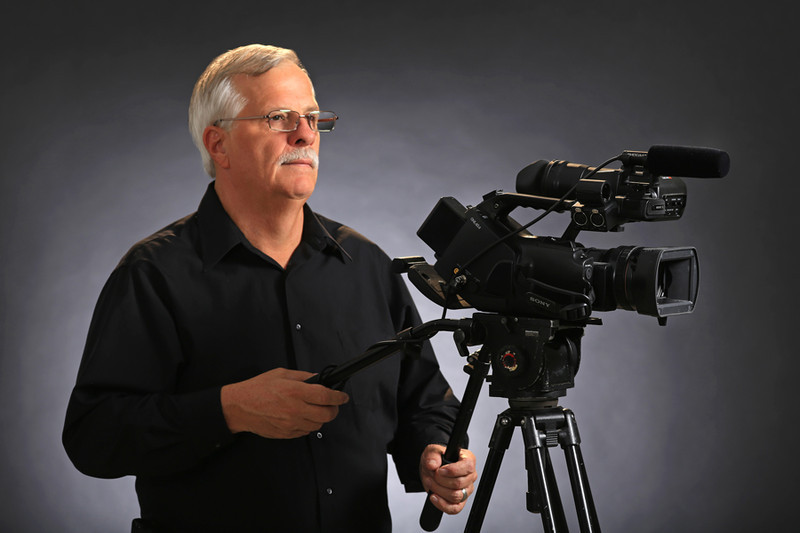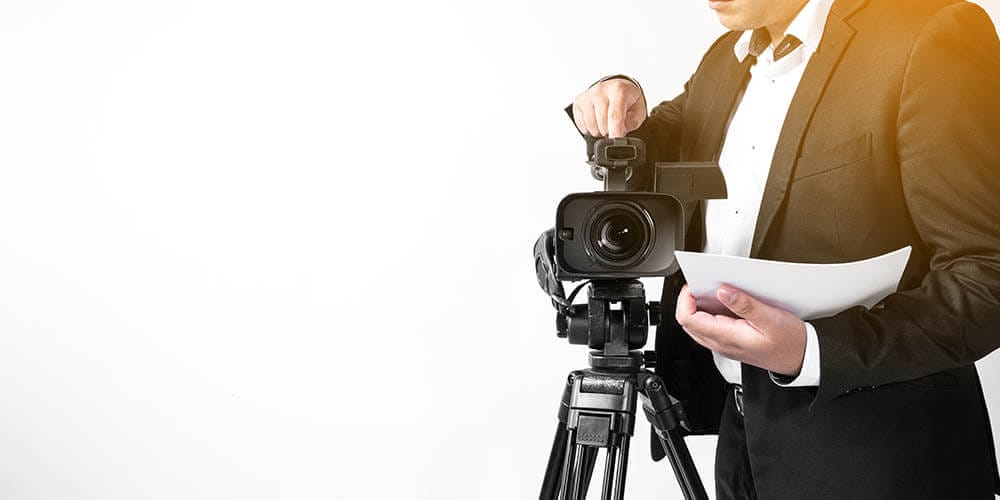How Legal Videography Boosts Courtroom Presentations and Proof
How Legal Videography Boosts Courtroom Presentations and Proof
Blog Article
Diving Into the Systems of Lawful Videography: Introduction Its Procedure in Shielding Genuine Aesthetic Testimony for Judicial Process
In the world of judicial procedures, the role of lawful videography stands as a cornerstone in protecting and offering aesthetic evidence. As technology proceeds to breakthrough, the mechanisms behind legal videography have ended up being progressively elaborate, offering a vital layer of credibility to statements caught on video.
Historical Development of Lawful Videography
Analyzing the historic development of lawful videography reveals a considerable change in the capturing and discussion of visual proof within the lawful landscape. In the past, lawful procedures heavily relied upon written transcripts and photos to document events and offer proof. Nevertheless, with the development of video technology, the lawful industry saw a standard shift in exactly how aesthetic testament was caught and presented.
The advancement of lawful videography can be mapped back to the late 20th century when improvements in video clip recording tools made it more easily accessible for use in court rooms. This technological advancement not just boosted the precision and integrity of visual evidence but likewise changed the means cases existed to juries and courts (Legal Videography). Attorneys started to recognize the persuasive power of video recordings in sharing emotions, nuances, and non-verbal hints that written transcripts or photographs alone might not catch efficiently

Innovation Developments in Video Clip Paperwork
What crucial technological developments have transformed video clip paperwork in the legal area? The lawful area has actually seen significant improvements in video documents innovation that have actually boosted the authenticity and integrity of visual proof in judicial procedures.
In addition, advancements in video security and watermarking innovations have strengthened the security and tamper-proof nature of video proof, safeguarding it against unauthorized alterations or tampering. The advent of cloud storage space solutions and remote accessibility capacities has structured the storage space, retrieval, and sharing of video proof, facilitating seamless collaboration among legal specialists and making sure reliable accessibility to critical visual testimonies when needed. These technological improvements in video paperwork have certainly changed the lawful field, enhancing the precision, reputation, and admissibility of aesthetic evidence in judicial procedures.
Duty of Lawful Videographers in Courtroom Settings
The development of video clip documentation modern technology in the lawful area has demanded a crucial function for lawful videographers in court setups, making sure the stability and dependability of visual testimonies presented throughout judicial proceedings. Legal videographers play an essential duty in capturing and preserving precise aesthetic proof that can be pivotal in litigation. Their responsibility expands to establishing equipment, recording procedures, and producing high-quality videos that properly show the events in the courtroom.
In court room setups, lawful videographers have to follow strict standards and standards to maintain the authenticity of the visual document. They have to have an eager eye visit the site for detail and a thorough understanding of legal procedures to ensure that the footage they record is a true representation of the occasions that took place. In addition, legal videographers typically work very closely with legal groups to make sure that the video clip proof lines up with the situation's requirements and can be successfully provided in court to sustain the lawful disagreements being made. In general, the duty of legal videographers in courtroom settings is indispensable in promoting the principles of justice and making sure the openness of lawful proceedings.

Ensuring Admissibility and Stability of Video Evidence
To maintain the credibility of visual evidence offered in legal proceedings, guaranteeing the admissibility and stability of video evidence is an essential obligation for legal videographers. Admissibility refers to the acceptance of proof by the court, and for video clip evidence to be acceptable, it must meet particular requirements. Lawful videographers play a crucial role in making certain that the videos they record adhere to the guidelines of evidence, such as credibility, reliability, and significance.
Honesty of video clip proof involves maintaining the originality and precision of the video from the time it is recorded up until it is presented in court. This consists of safely saving the video data, recording the chain of safekeeping, and preventing any meddling or changes. Legal videographers must stick to rigorous methods to assure the integrity of the video proof and stop any kind of challenges to its authenticity.
Future Trends in Legal Videography
Provided the boosting dependence on innovation in lawful process, lawful videographers are poised to embrace ingenious innovations shaping the future of aesthetic testimony capture and discussion. One of the famous trends on the horizon is the combination of online truth (VIRTUAL REALITY) and increased fact (AR) innovations right into lawful videography. These technologies have the possible to change just how aesthetic evidence is presented in courts, enabling juries and judges to submerse themselves in the scene of the criminal offense or occurrence.
In addition, the usage of expert system (AI) formulas for video clip analysis is anticipated to streamline the process of examining and examining huge amounts of video footage. AI can assist in recognizing essential minutes, anomalies, and patterns within video clips, improving the effectiveness of lawful investigations.

Final Thought
To conclude, legal videography has played an essential role in providing genuine aesthetic proof for judicial process. Through technical innovations and the experience this link of lawful videographers, the stability and admissibility of video evidence are made sure in courtroom setups. As lawful videography remains to progress, it will certainly be necessary to promote criteria that preserve the accuracy and integrity of visual testimony for the future of lawful procedures.
Taking a look at the historical development of legal videography reveals a significant improvement in the capturing and presentation of aesthetic proof within the lawful landscape.The development of video clip paperwork modern technology in the legal area has actually necessitated a critical function for lawful videographers in court setups, making sure the integrity and dependability of visual testaments presented during judicial process. Additionally, lawful videographers typically work closely with legal groups to guarantee that the video evidence straightens with the situation's demands and can be properly provided in court to sustain the legal arguments being made.To keep the credibility of visual proof presented in legal process, making certain the admissibility and stability of video evidence is a crucial duty for lawful videographers. As lawful videography continues to advance, it will certainly be essential to copyright criteria that keep the precision and dependability of visual statement for the future of lawful proceedings.
Report this page